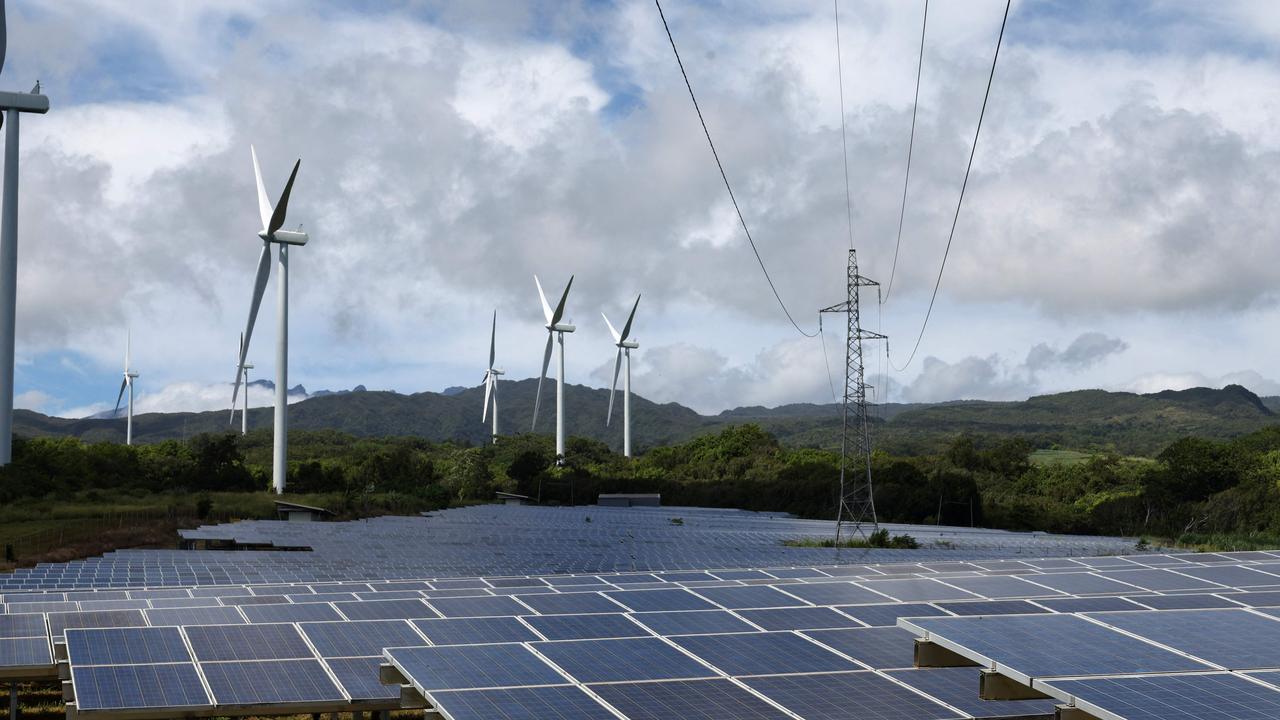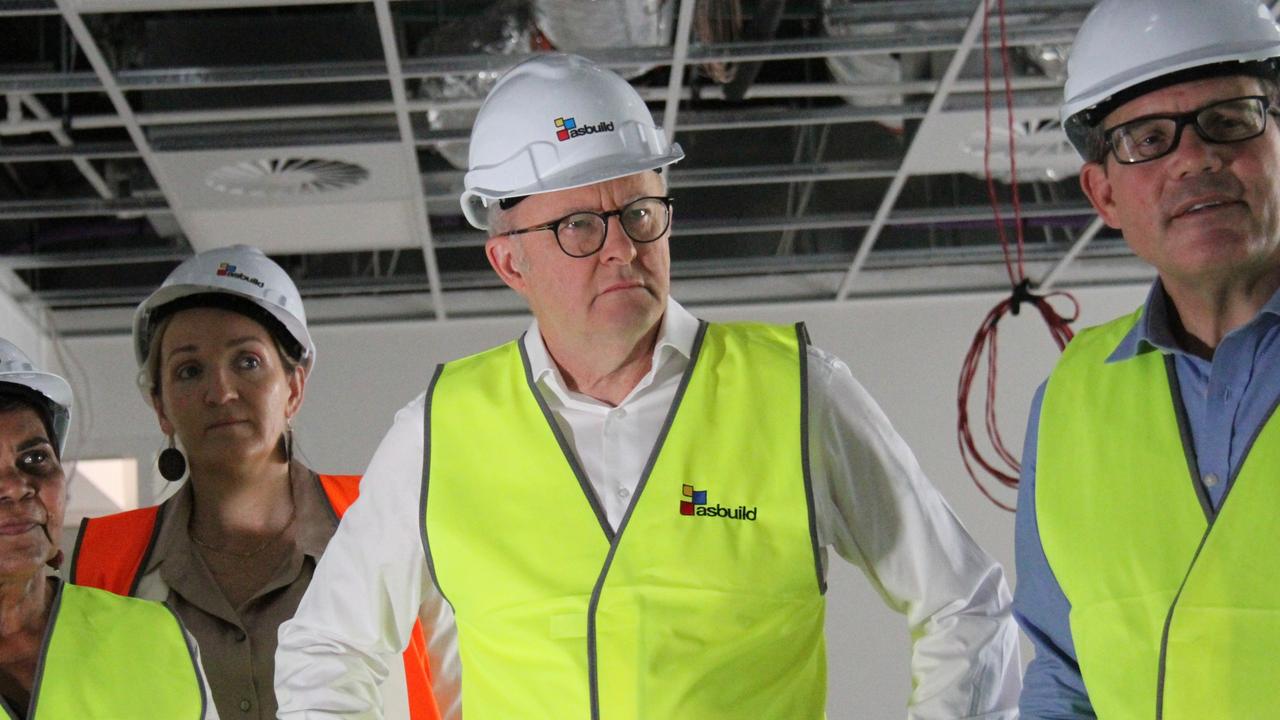Almost half the government’s vaunted budget surpluses evaporated on Monday, victim to worse assumptions about economic and wage growth.
More than $32bn in revenue was wiped off the four-year budget period in this update, a reminder of how vulnerable the Coalition’s signature economic promise is to forces outside its control.
Government spending is baked in, while revenues can vanish in a puff, and they have started to.
A hiccup in US or Chinese economic growth, which powers the global economy, would see off the string of slender surpluses pencilled in over the next few years.
The government remains upbeat, hopeful its deliberately pessimistic assumption for the price of iron ore, our biggest export, leads to a bigger surplus than the $5bn it expects for this financial year.
The commodity was trading about $US85 a tonne yesterday, although the budget again assumes $US55. Commodity prices are a slender reed on which to base budget surpluses.
Whether the budget is slightly in deficit or slightly in surplus doesn’t make much difference economically. Regardless of what happens, the government’s fiscal position remains excellent compared with other G20 nations.
Take Britain, in focus this week following Boris Johnson’s electoral victory. Its public debts are equivalent to 85 per cent of its economy. Josh Frydenberg can point to net debt of less than 20 per cent and falling.
The rest of the world offers a low bar of fiscal rectitude, though.
By any absolute standard, a string of tiny, shrinking surpluses — rounding errors given expenditures of about $500bn a year — after 28 years of economic expansion (how could you forget that?) is nothing to write home about.
Moreover, the world has enjoyed the longest US economic expansion since World War II, a stretch many economists think is bound to end soon.
A different measure of budget balance — the “headline cash balance” — highlights how slender the vaunted surpluses are. The headline balance factors in spending on the NBN and other government-owned corporations. On that measure, the budget will remain in deficit in each of the next four years. That’s why the stock of federal debt is projected to keep rising, from $556bn to $576bn by the end of 2024.
If Canberra does get back to surplus this or next year, it will have been taxpayers, households and business that have done the heavy lifting.
Government receipts are equivalent to 25 per cent of GDP this financial year, the highest since the global financial crisis, and have risen every year as bracket creep pushed up average income tax rates.
The government deserves some credit for keeping real spending growth at 1.3 per cent a year ahead, but its strategy for a surplus boils down to taxing us more and hoping China keeps buying our commodities in record amounts, at high prices.



